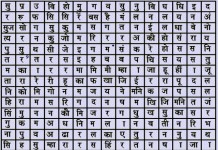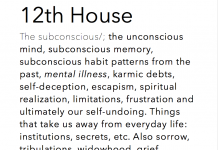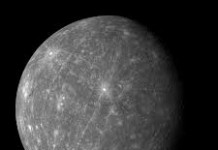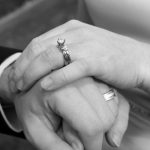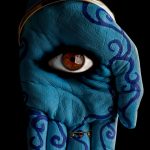The Chinese zodiac is based on years, not months like the Western zodiac. This is the most important difference when working with the Chinese zodiac as opposed to the Western zodiac. Where in Western astrology the signs are broken down into twelve animals, one for each month, the Chinese assign one animal to each year for a twelve year cycle, then into an animal by month, and then by day and finally by hour. Like with most forms of astrology, to get a true picture of the individual with Chinese astrology you must take all these different pieces into account.
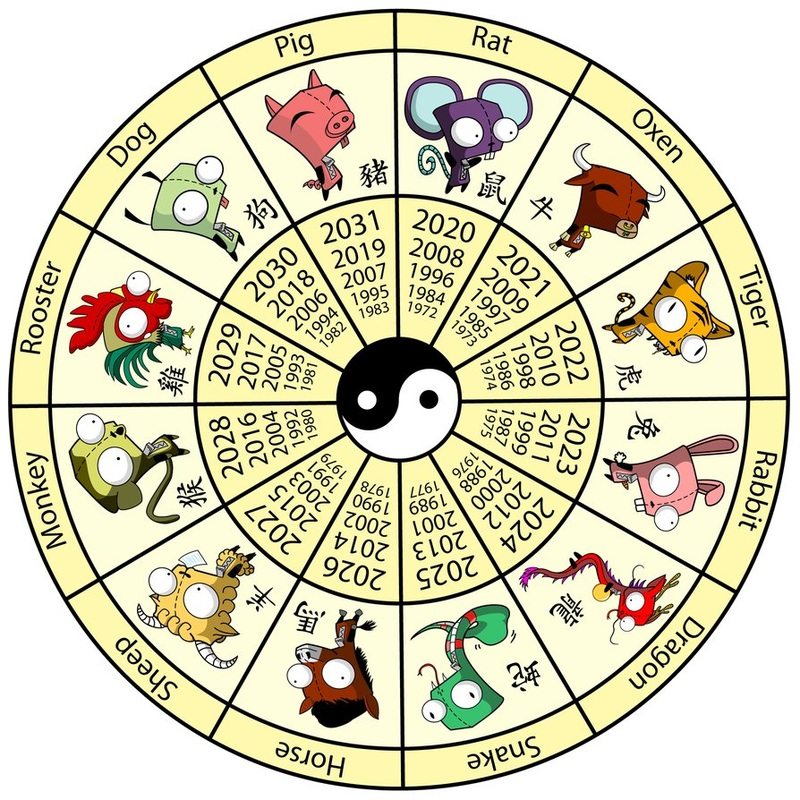
The Chinese Zodiac and Calendar
Before you can begin to fully understand the Chinese zodiac, however, you must understand the Chinese calendar. Though in business the Chinese have moved to the Western Gregorian calendar, for festivals, holidays and their zodiac, they stick to their lunisolar calendar which is based on the movement of the moon. The Chinese calendar dates all the way back to the 11 century BC and is a combination of astronomy and geography. The calendar bases each month of the day the moon moved into like with the earth and sun. Each of the solstices or longest days divides the year into 24 parts.
Chinese astrology is based on your birth year according to the Chinese lunar calendar. There are twelve animal signs, similar to the 12 signs of the Western zodiac. Because Chinese astrology is based on the Chinese lunar calendar, if you are born in January or February you should look and see where your birthday falls based on the Chinese New Year as it changes date between January 21st and February 20th. It’s important to understand that in Chinese astrology, your zodiac year is bad luck and will come around every twelve years. According to Chinese belief, you will have back luck for the entire year of your zodiac year. If you want to avoid the bad luck you will want to wear something red given to you by an older relative.
The twelve zodiac animals were chosen deliberately and after many revisions. They were chosen because they had special meaning to the ancient Chinese people and they are in a fixed order based on the theory of Yin and Yang. The yin and yang of the animals is based on how many claws, toes, or hooves they happen to have with odd numbers of toes representing yang and even numbers representing yin. You will probably notice that each of the sayings paired with the animals match one another, this is the idea of the yin and yang of each animal. In Chinese astrology they also divide the day up into twelve equal segments over which a different animal rules. Your birth hour animal (which doesn’t exist in traditional Astrology) is just as important as your zodiac year animal.
Animals of the Chinese Zodiac
The twelve animals of the Chinese zodiac are the Rat, Ox, Tiger, Rabbit, Dragon, Snake, Horse, Goat, Monkey, Rooster, Dog and Pig. Each part of the zodiac, the animal assigned by year, month, day and time of hour can be different. The animal assigned by your year is the representation of how others see you. The one related to your month is your inner animal, the one assigned by day is the true animal and the one by hour the secret animal. The Chinese even have a term for those who live in a way that is contradictory to their animals, tai sui or kai sui.
Chinese astrology and the Chinese zodiac go beyond just the animals. Much like Western astrology encourages people to have an astral chart made so that the astrologer can achieve a deeper insight into the person, the Chinese zodiac also looks at what are called the Four Pillars. Each pillar is a column that looks at the an animal and an element. The first pillar is the year animal and element, the second the month animal and element, the third the day animal and element and the fourth the hour animal and element. Each of these four pillars then corresponds to a deeper look at the person being analyzed. The first pillar explores the ancestors of the person, the second pillar the parents, the third pillar looks at the self and any spouse, and the fourth pillar looks at children and later life.
The Twelve Zodiac Animals in Chinese Astrology
Animal: Rat
Years: 1960, 1972, 1984, 1996, 2008
Time of Day: 11pm – 1am
Toes: 4 in front but 5 in back
Yin or Yang: Yin and Yang
Attribute: Wisdom
Saying: “Wisdom without industriousness leads to triviality.”
Animal: Ox
Years: 1961, 1973, 1985, 1997, 2009
Time of Day: 1am – 3am
Toes: 4
Yin or Yang: Yin
Attribute: Industriousness
Saying: “Industriousness without wisdom leads to futility.”
Animal: Tiger
Years: 1962, 1974, 1986, 1998, 2010
Time of Day: 3am – 5am
Toes: 5
Yin or Yang: Yang
Attribute: Valor
Saying: “Valor without caution leads to recklessness.”
Animal: Rabbit
Years: 1963, 1975, 1987, 1999, 2011
Time of Day: 5am – 7am
Toes: 4
Yin or Yang: Yin
Attribute: Caution
Saying: “Caution without valor leads to cowardice.”
Animal: Dragon
Years: 1964, 1976, 1988, 2000, 2012
Time of Day: 7am – 9am
Toes: 5
Yin or Yang: Yang
Attribute: Strength
Saying: “Strength without flexibility leads to fracture.”
Animal: Snake
Years: 1965, 1977, 1989, 2001, 2013
Time of Day: 9am – 11am
Toes: 0
Yin or Yang: Yin
Attribute: Flexibility
Saying: “Flexibility without strength leads to compromise.”
Animal: Horse
Years: 1966, 1978, 1990, 2002, 2014
Time of Day: 11am – 1pm
Toes: 1
Yin or Yang: Yang
Attribute: Forging Ahead
Saying: “Forging ahead without unity leads to abandonment.”
Animal: Goat
Years: 1967, 1979, 1991, 2003, 2015
Time of Day: 1pm – 3pm
Toes: 4
Yin or Yang: Yin
Attribute: Unity
Saying: “Unity without forging ahead leads to stagnation”
Animal: Monkey
Years: 1968, 1980, 1992, 2004, 2016
Time of Day: 3pm – 5pm
Toes: 5
Yin or Yang: Yang
Attribute: Changeability
Saying: “Changeability without being constant leads to foolishness.”
Animal: Rooster
Years: 1969, 1981, 1993, 2005, 2017
Time of Day: 5pm – 7pm
Toes: 4
Yin or Yang: Yin
Attribute: Being Constant
Saying: “Being constant without changeability leads to woodenness.”
Animal: Dog
Years: 1970, 1982, 1994, 2006, 2018
Time of Day: 7pm – 9pm
Toes: 5
Yin or Yang: Yang
Attribute: Fidelity
Saying: “Fidelity without amiability leads to rejection.”
Animal: Pig
Years: 1971, 1983, 1995, 2007, 2019
Time of Day: 9pm – 11pm
Toes: 4
Yin or Yang: Yin
Attribute: Amiability
Saying: “Amiability without fidelity leads to immorality.”
The Four Trines
The other important part of the Chinese zodiac is the four trines. This is the division of the animals into four groups of three. The animals in each trine share a basic set of characteristics with one another, for example the animals of the first trine all tend to be great leaders, but also suffer from unpredictability. The animals in the first trine are the rat, dragon and monkey. Those in the second trine are the ox, snake and rooster. The third trine is the tiger, horse and dog, and the fourth trine is rabbit, goat and pig.

